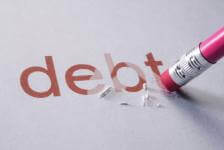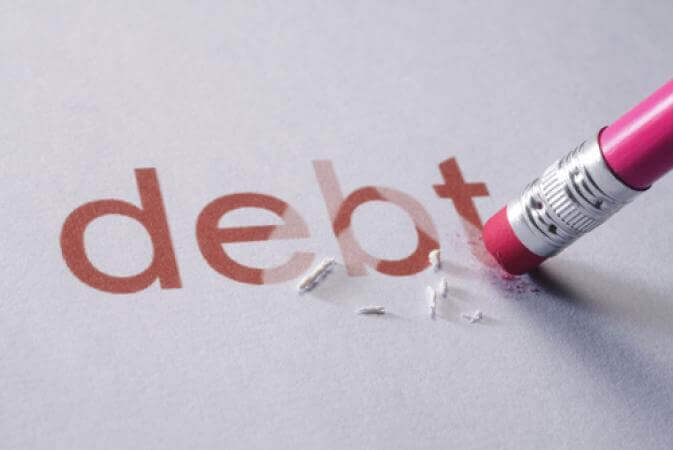How to Pay Your Credit Card and Raise Your Credit Scores
Money Girl explains 3 simple rules to kill two credit birds with one stone
Laura Adams, MBA

Money Girl podcast listener Samantha M. asks:
“How much should I pay on each credit card bill to build my credit as quickly as possible? For instance, if the bill is $63, should I pay just that amount or will paying 10% or 20% more boost my credit scores?”
ANSWER:
Samantha didn’t mention whether $63 is her total debt or just the minimum payment on a larger balance that she’s carrying from month to month. If she owes a total of $63, paying more won’t help her credit. But if she owes more, she can use 3 tips to boost her credit scores.
But first, I want to point out that it’s never a good idea to carry a balance on a credit card from month to month. The interest charges are expensive and can cause you to end up paying 2 to 3 times more for items charged on a card. So here are 3 tips to boost your credit scores with your credit cards:
Tip #1: Make Payments on Time
Making payments on time is crucial to building good credit. Your payment history on loans, lines of credit, and credit cards is the most important factor in most credit scoring models.
So, simply making a minimum credit card payment by the due date—and paying all your other bills on time—will do wonders for building and maintaining good credit scores.
Tip #2: Pay Down Debt

If Samantha can pay more than the minimum payment each month, she should. Reducing credit card debt saves you a bundle on interest and helps increase your credit.
Tip #3: Have a Low Credit Utilization Ratio
Your credit utilization ratio is the amount of debt you owe relative to your available credit limits on revolving accounts, such as credit cards and lines of credit.
For example, if you owe $500 on a credit card with a $1,000 credit limit, your utilization is 50% ($500 / $1,000 = 0.50). The lower your credit utilization ratio the better. I recommend keeping it below 30% for optimal credit. There are 2 ways to reduce your credit utilization: reduce your debt or raise your credit limits, or do both.
Samantha should calculate her utilization ratio and use that as a guide for how to pay her credit card bill. If her total debt on revolving credit accounts, such as credit cards and lines of credit, is more than 30% of her total available credit limits, she should pay more than the minimum payment each month.
The faster she gets below the 30% credit utilization threshold, the faster her credit scores will rise. Then she can reap all the financial rewards that come with having excellent credit.
For more smart strategies to raise your credit score fast, be sure to download the Credit Score Survival Kit. This free multimedia resource will help you fast-track your credit success and show you how to monitor your credit scores for free.
Erase Debt photo from Shutterstock

